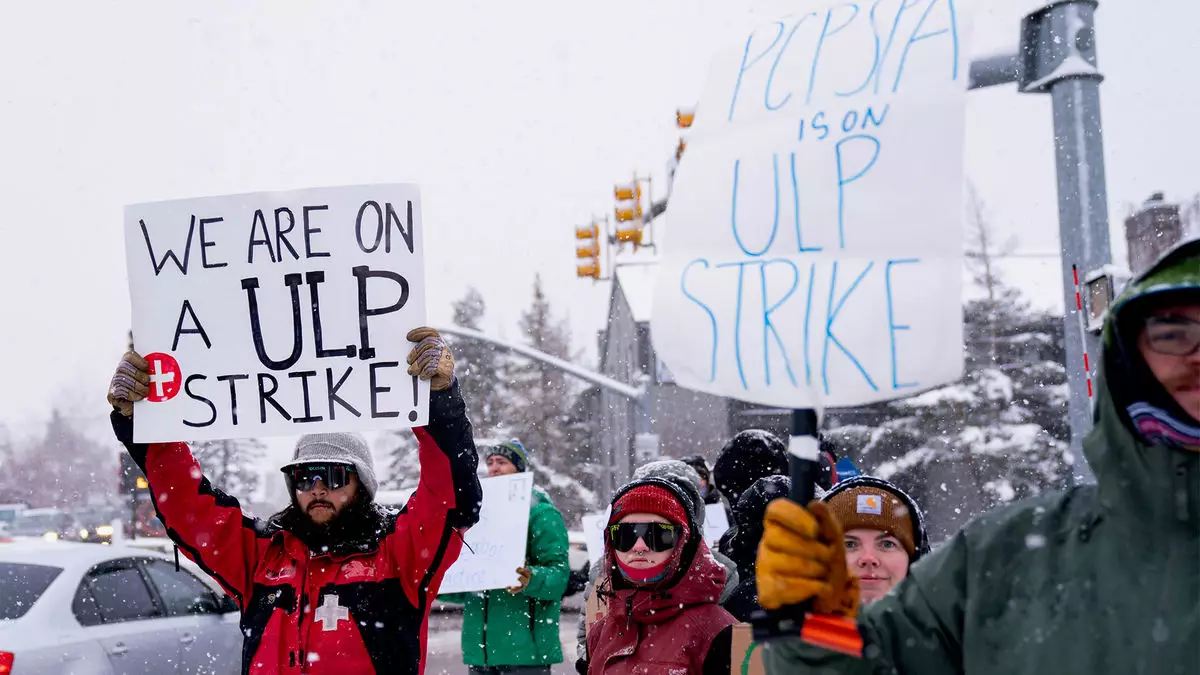The labor dispute between the Park City Professional Ski Patrol Association and Vail Resorts highlights the complexities of employee relations in one of America’s premier ski destinations. As the union entered its seventh day of strike amid poor snowfall, negotiations took center stage, with federal mediators stepping in to facilitate discussions. This situation arose during a critical time for the resort, as early-season snowfall has resulted in limited operational capacity, affecting both the guest experience and ski patrol staffing.
Reports indicate that Park City Mountain Resort has been severely affected by the ongoing strike. As of Thursday, only 24 out of 41 lifts were operational, and merely 75 of the available 346 runs were open to skiers. This stark contrast to nearby Deer Valley, which managed to have 21 of its 24 lifts operational and 73 of its runs available, raises questions about the financial repercussions for Park City. Social media outbursts from disgruntled guests depict harrowing scenes of long lift lines and overcrowded slopes, emphasizing the disconnect between management’s assurances and the realities faced by skiers.
The strike has been framed by the patroller union as a struggle for safety and leadership. Historically, over 100 ski patrollers would be stationed at Park City Mountain Resort, ensuring a safe and enjoyable experience for guests. However, reports indicate a dramatic reduction in the number of working patrollers due to the ongoing labor dispute. The union’s Jan. 1 press release articulated that both sides remain significantly apart on key issues, calling into question the efficacy of the mediation efforts. Furthermore, a letter addressed to Vail Resorts CEO Kirsten Lynch from ski patroller unions at other Vail-owned resorts criticized management for allegedly coercing local patrol leaders to assist at Park City, which could undermine the local team’s leadership and effectiveness.
This strike at Park City is emblematic of wider labor tensions within the ski industry. The reliance on seasonal workers, fluctuating snowfall, and the quest for a safe skiing environment create a precarious balance. The concerns voiced by the union are not solely about wages but about maintaining a safe operational framework, which is vital for both guests and staff. Should the strike continue without resolution, there could be long-term implications not only for Park City as a ski destination but also for employee morale and the reputation of Vail Resorts as an employer.
As negotiations unfold, all eyes will be on the outcomes of mediated sessions and the potential for a return to normal operations. For Vail Resorts and Park City Mountain Resort, striking a balance between management objectives and employee satisfaction will be pivotal. The resort has a reputation to uphold—not just among avid skiers but also as a workplace for future talent. The resolution of this strike will serve as a critical case study on the relationship between labor and management in the changing landscape of the ski industry.

